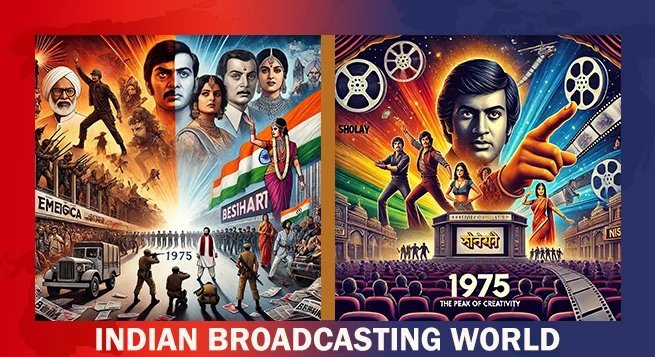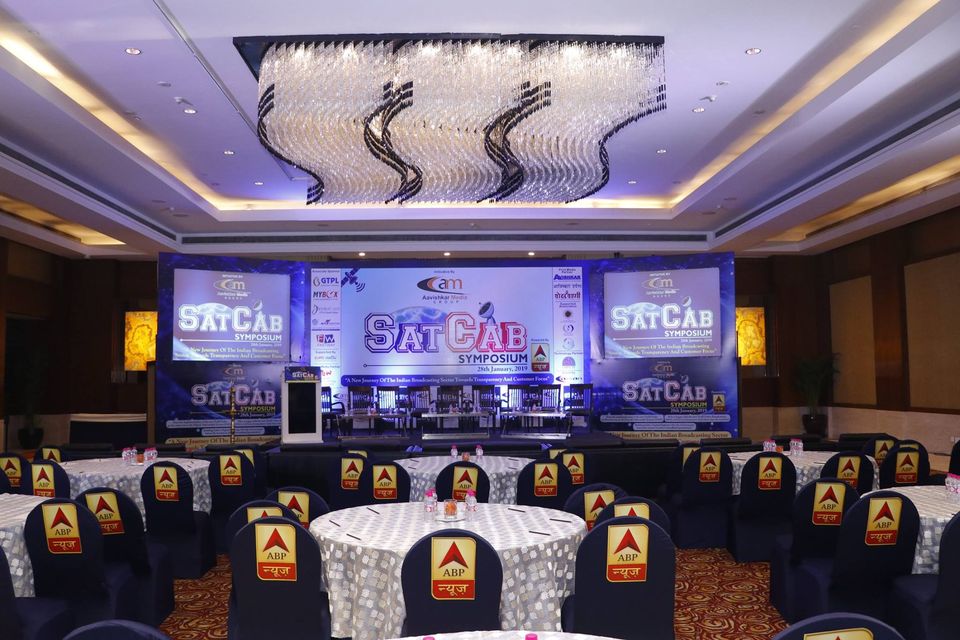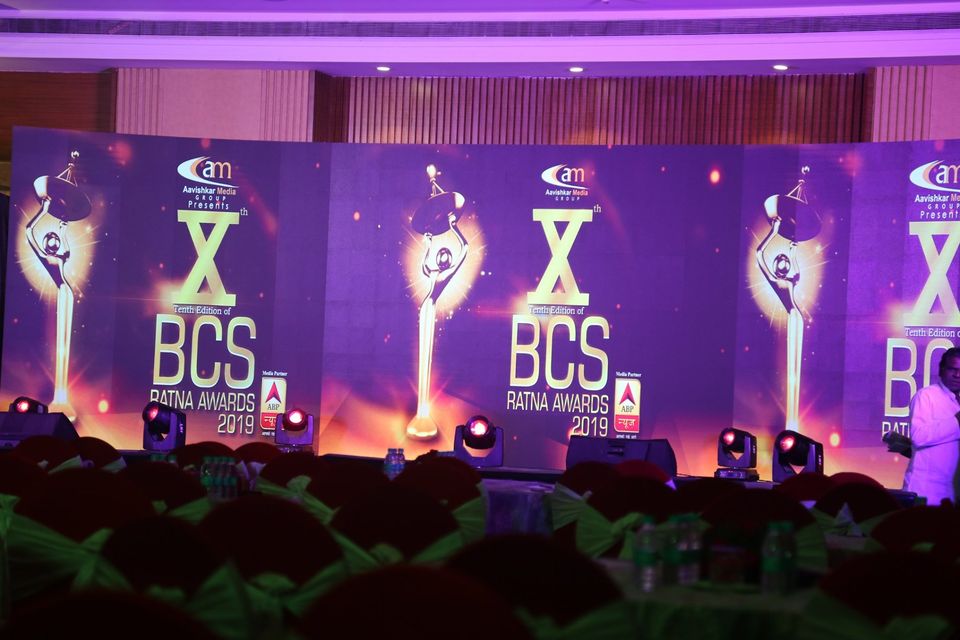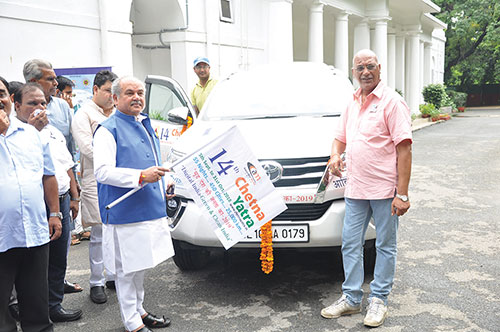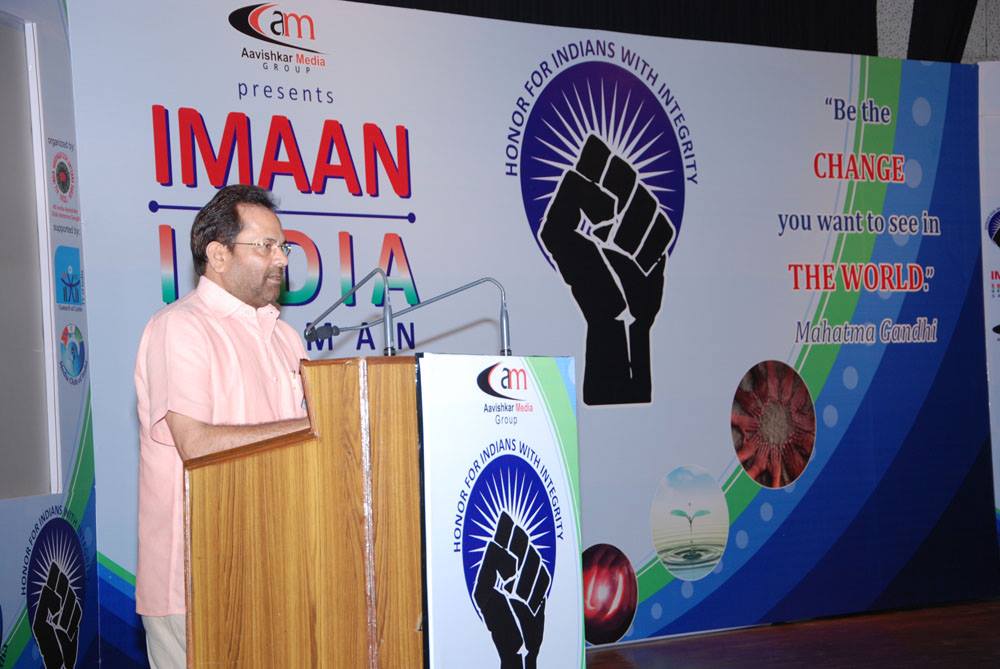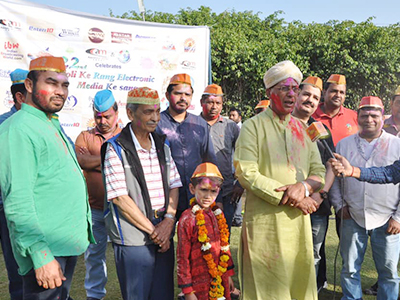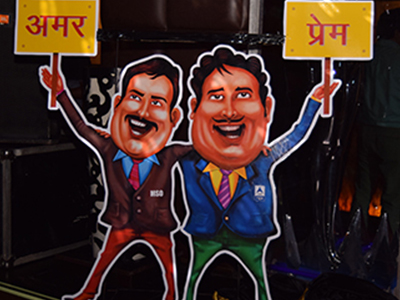It was a standout year, and not just in Indian politics. 1975, the year of the Emergency, spelt gold for Hindi cinema with memorable films such as ‘Sholay’, ‘Deewar’, ‘Aandhi’ and ‘Nishant’ making their way to theatres.
Fifty years on, they live on in public memory, each a classic in different genres and in different moods. It was also the year of ‘Chupke Chupke’, ‘Mili’, ‘Julie’, ‘Chhoti Si Baat’ and ‘Jai Santoshi Ma’.
A happy confluence of talent, a projection of simmering public discontent or simply a time when writers-directors were true creators? Actually, 1975 was all of these, said a PTI report yesterday that analysed the peaking of creativity during the Emergency year.
If ‘Sholay’ and ‘Deewar’ cemented Amitabh Bachchan’s image as the ‘Angry Young Man’ and gave play to working class angst of the time, ‘Aandhi’ was the lyrical lament of love that was not to be and ‘Nishant’, a parallel cinema pioneer, was an angry exploration of feudalism in rural India.
It was not just about the actors but also blossoming of writers and directors like Salim Khan-Javed Akhtar (who scripted ‘Sholay’ and ‘Deewar’), Gulzar (directed ‘Aandhi’) and Shyam Benegal (directed ‘Nishant’).
So what propelled this creative surge in a landmark year? “It was really a happy confluence of writers, directors and actors blooming in the era but particularly in 1975…,” Anjum Rajabali, known for writing the screenplays of films such as ‘Rajneeti’ and ‘Drohkaal’, told PTI in an interview.
“There were so many great films one after the other. Writers Salim-Javed, filmmakers Ramesh Sippy and Yash Chopra were coming of age… And the spectrum is so different. On the one hand, you have an intense action drama like ‘Deewar’ and then you have ‘Sholay’, a perfect comic book story, and then ‘Aandhi’ which explores the relationship in the political context. I will use the term loosely but they are all the classics of popular cinema, ” he added.
Film historian, author and archivist S M M Ausaja added that many things got balanced in 1975. It was a year when commercial cinema was at its peak (‘Deewar’, ‘Sholay’), parallel cinema (‘Nishant’) was rising and middle-of-the-road films (‘Aandhi’, ‘Mili’ and ‘Chupke Chupke’) were thriving.
“And what a remarkable variety Amitabh Bachchan showed with both ‘Deewar’ and ‘Sholay’and then in ‘Chupke Chupke’ and ‘Mili’. It is also the celebration of 50 years of Amitabh Bachchan’s stardom. No superstar has ruled for so many years because ‘Deewar’ and ‘Sholay’established the ‘Angry Young Man’ persona,” Ausaja told PTI.
In his view, ‘Deewar’, widely considered the best work of Salim-Javed, is a screenplay textbook of how commercial cinema should be written.
Writing played a big role in the success of these films. Whether it was the winning pair of Salim-Javed, Gulzar or Rahi Masoom Raza, who wrote many films for Hrishikesh Mukheree, writers had their ear to the ground and understood the public, Ausaja said.
“The public sentiment was anti-establishment and they instantly connected with a protagonist that was questioning the system (in ‘Deewar’). It is ironic that Hindi cinema today has no connection with the masses. The question today is: Do films today even have the courage to question the establishment?” ‘Stree 2’ writer Niren Bhatt agreed.
(Images are AI generated and representational)
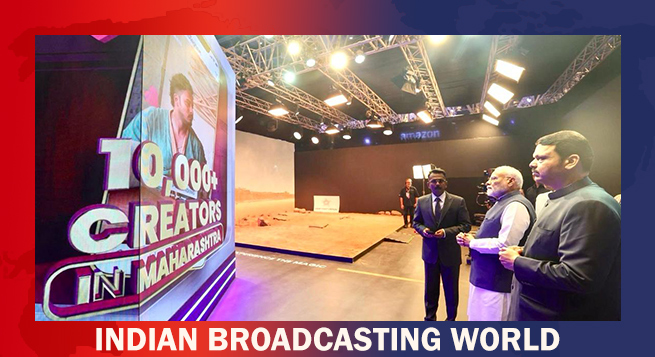 MIB to unveil M&E sector statistical handbook today at WAVES
MIB to unveil M&E sector statistical handbook today at WAVES 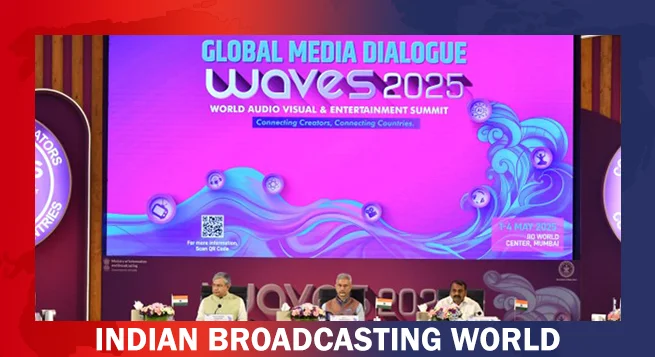 WAVES 2025: Media dialogue backs creativity, heritage & ethics in AI Era
WAVES 2025: Media dialogue backs creativity, heritage & ethics in AI Era 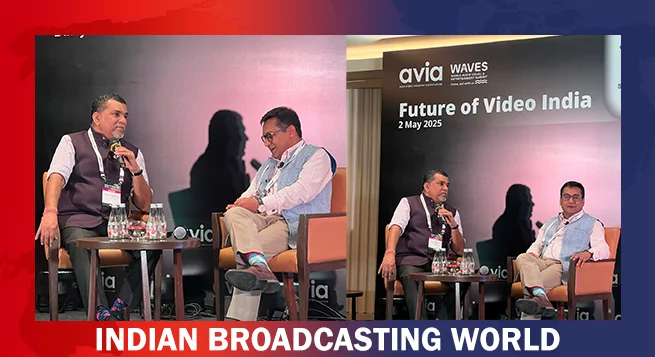 Pay TV leaders chart course for India’s linear TV in digital age
Pay TV leaders chart course for India’s linear TV in digital age 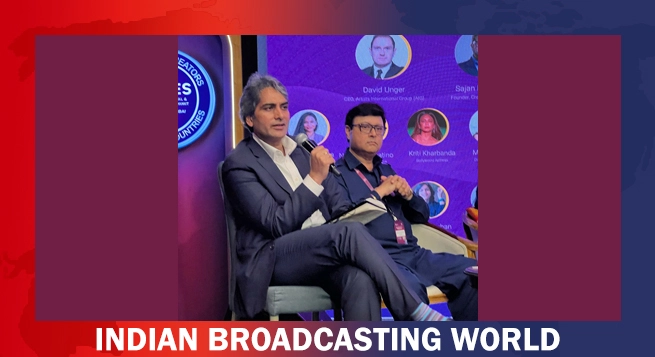 Sudhir Chaudhary announces new show for DD News, says “Good content still has a place” at WAVES 2025
Sudhir Chaudhary announces new show for DD News, says “Good content still has a place” at WAVES 2025 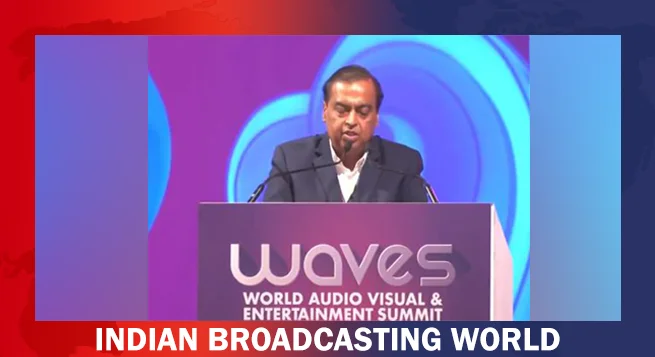 India can lead global entertainment revolution: Mukesh Ambani
India can lead global entertainment revolution: Mukesh Ambani 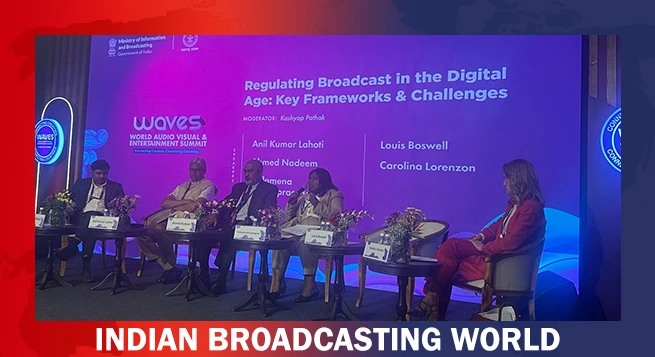 TRAI chief not in favour of separate rules for OTT, legacy b’casters
TRAI chief not in favour of separate rules for OTT, legacy b’casters 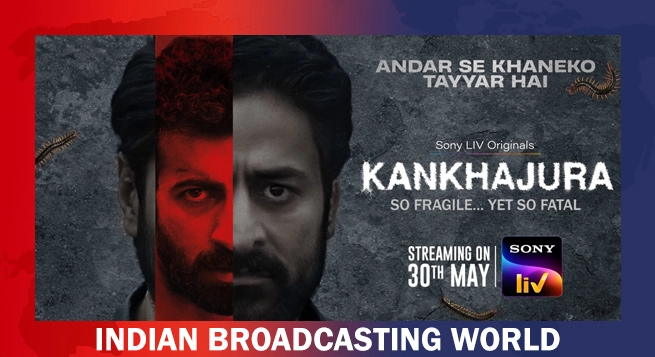 ‘KanKhajura’ start streaming on Sony LIV from May 30
‘KanKhajura’ start streaming on Sony LIV from May 30 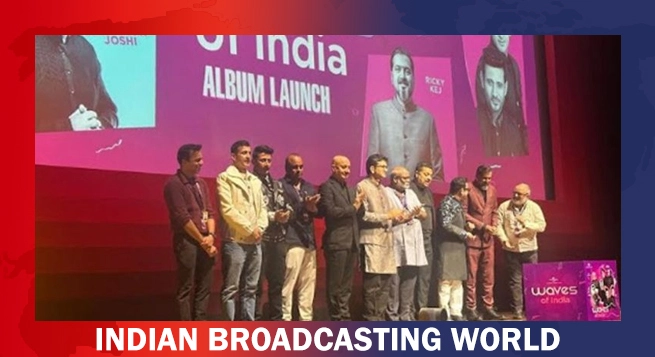 Koyal.AI debuts at WAVES 2025, set to revolutionise music videos with GenAI
Koyal.AI debuts at WAVES 2025, set to revolutionise music videos with GenAI 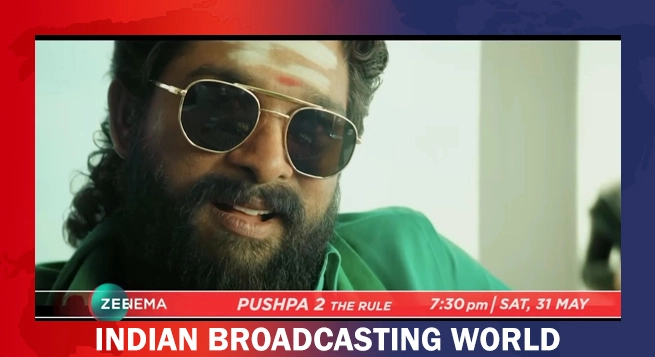 Zee Cinema to premiere ‘Pushpa 2: The Rule’ on May 31
Zee Cinema to premiere ‘Pushpa 2: The Rule’ on May 31 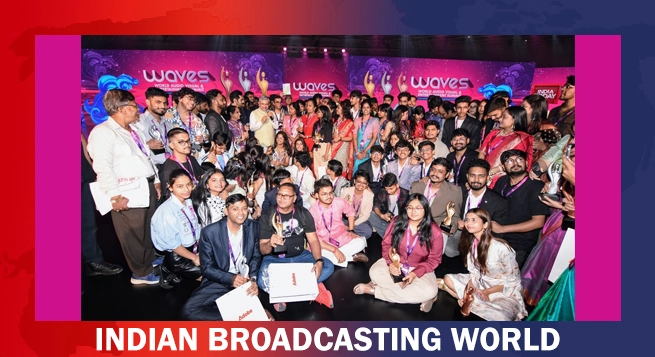 ‘Create in India Challenge’ S1 honours global talent at WAVES
‘Create in India Challenge’ S1 honours global talent at WAVES  Amazon MX Player adds 20+ dubbed international titles
Amazon MX Player adds 20+ dubbed international titles 


